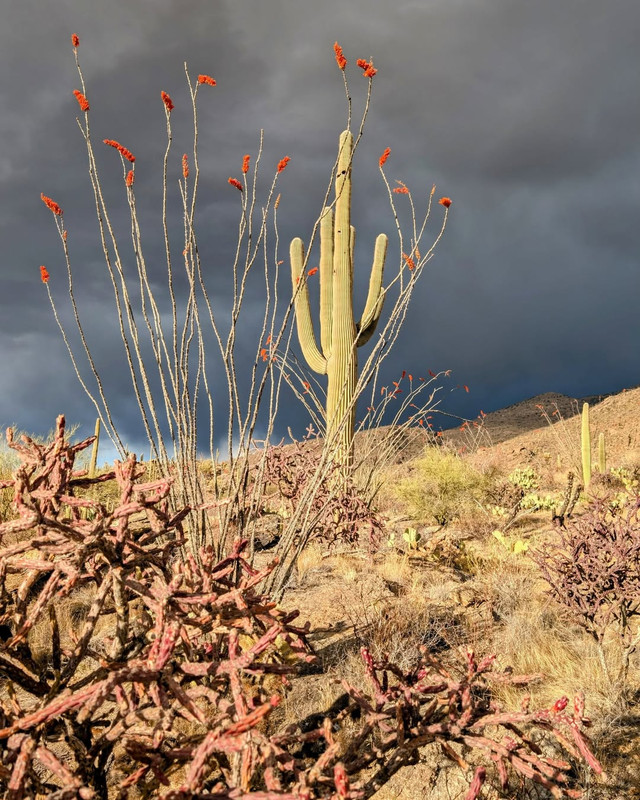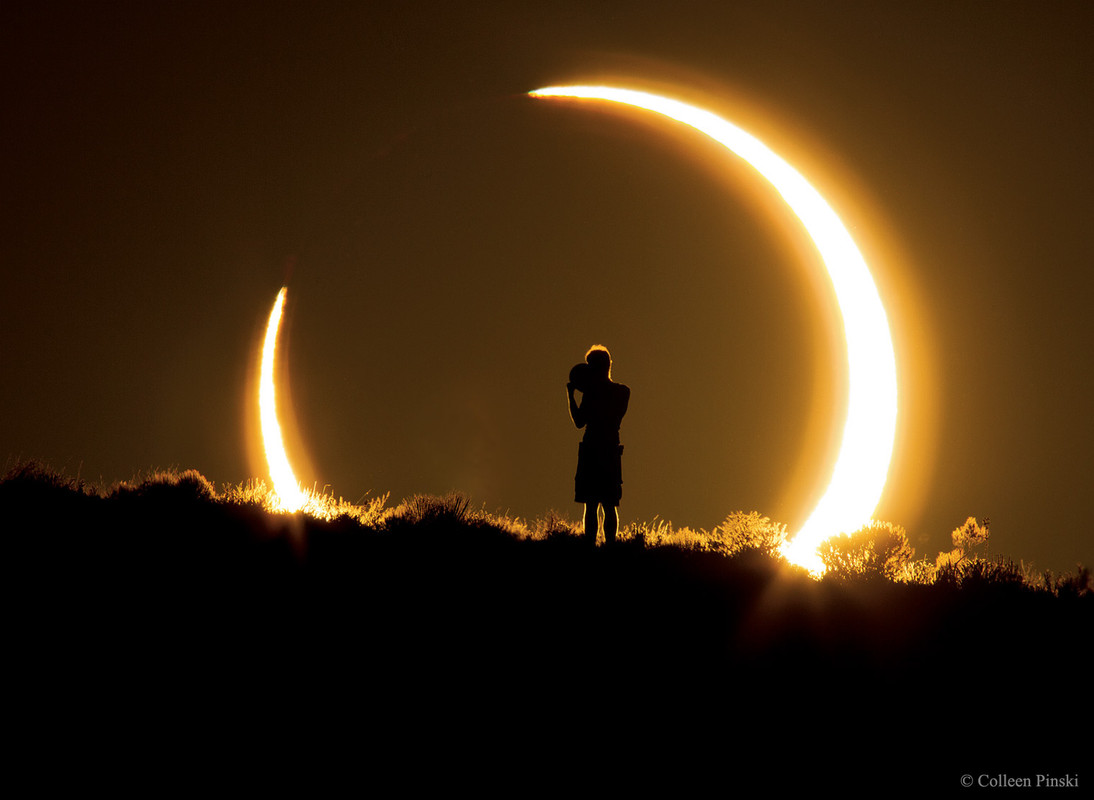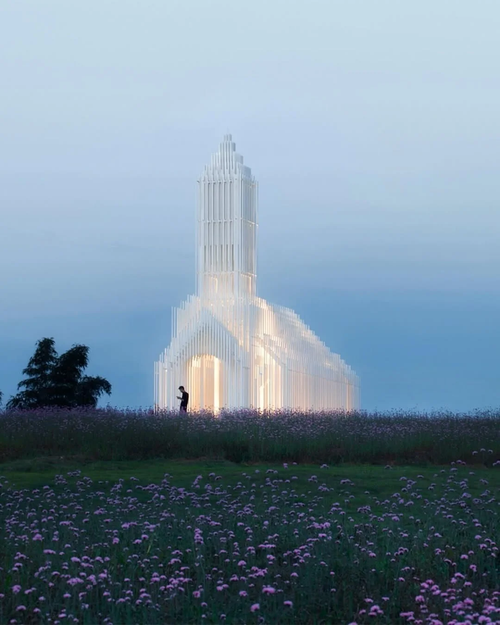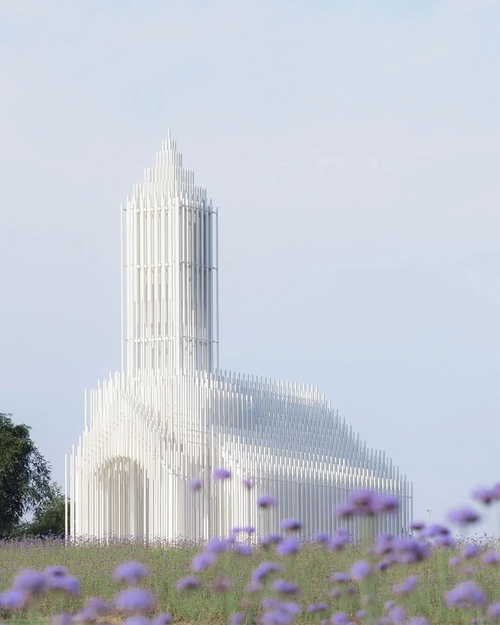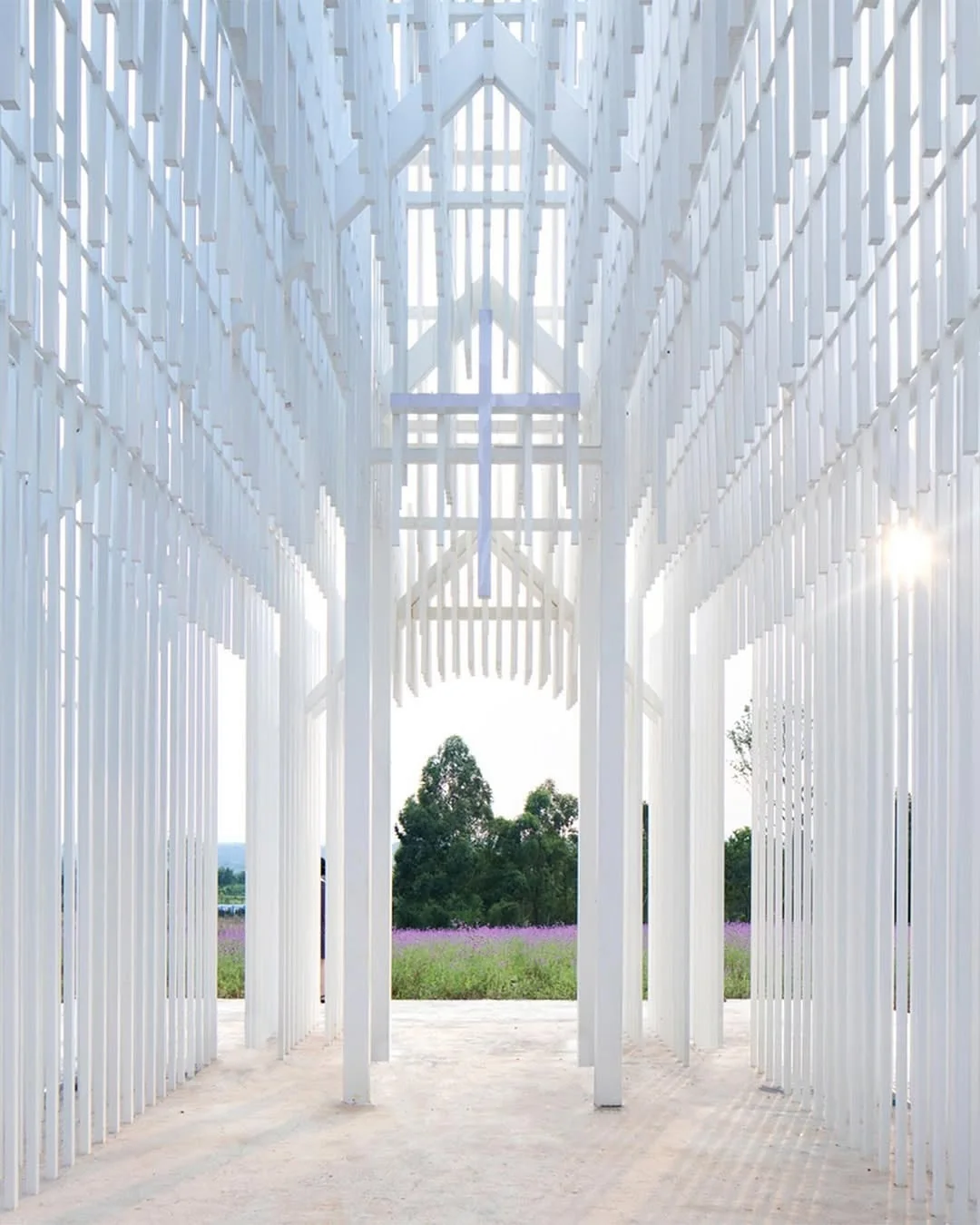-
SCAM WARNING! See how this scam works in Classifieds.
You are using an out of date browser. It may not display this or other websites correctly.
You should upgrade or use an alternative browser.
You should upgrade or use an alternative browser.
The Picture Thread
- Thread starter vtac
- Start date
CrazyDiamond
HAL is a StarChild
Starting with a somewhat depressive item...luckily there are still many places you can go and see an unaltered night sky.
This world map shows the effect of artificial night sky brightness on the visual appearance of the night sky. The brightness was modeled using high resolution satellite data and fit to thousands of night sky brightness measurements in recent work. Color-coded levels are compared to the natural sky brightness level for your location. For example, artificial sky brightness levels in yellow alter the natural appearance of the night sky. In red they hide the Milky Way in an artificial luminous fog. The results indicate that the historically common appearance of our galaxy at night is now lost for more than one-third of humanity. That includes 60% of Europeans and almost 80% of North Americans, along with inhabitants of other densely populated, light-polluted regions of planet Earth.
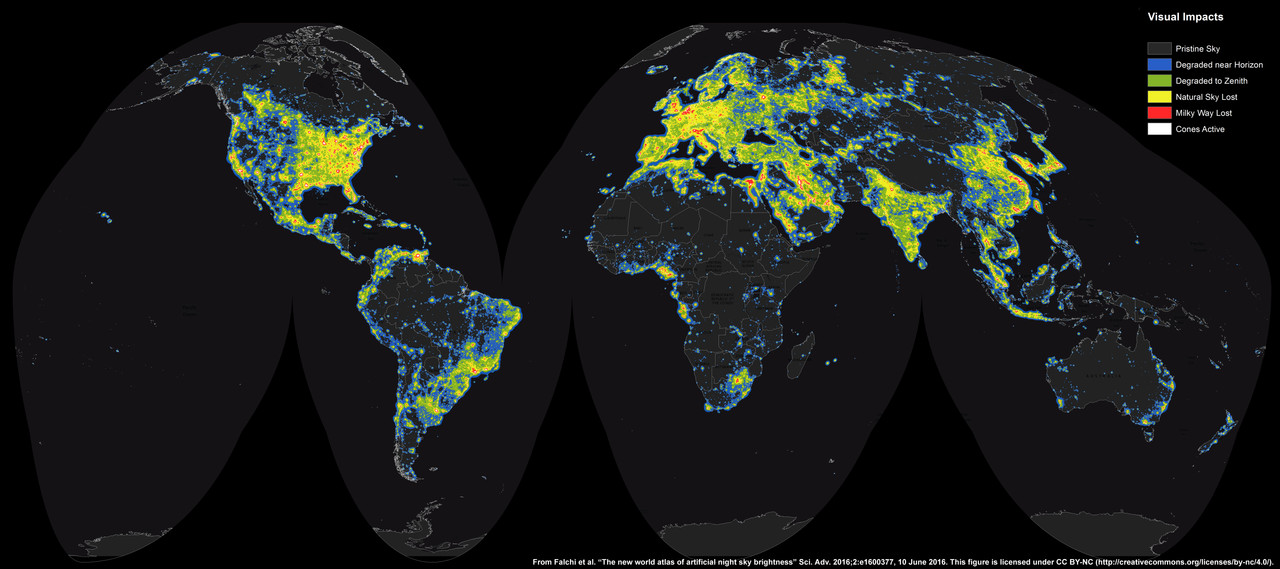
Anticrepuscular rays over Westminster, Colorado.

Montecassiano, Italy . The Moon, Jupiter and the four Galilean moons and some passing clouds.
. The Moon, Jupiter and the four Galilean moons and some passing clouds.

El Leoncito National Park, Argentina and the dome of the Jorge Sahade telescope on the hill on the far right.
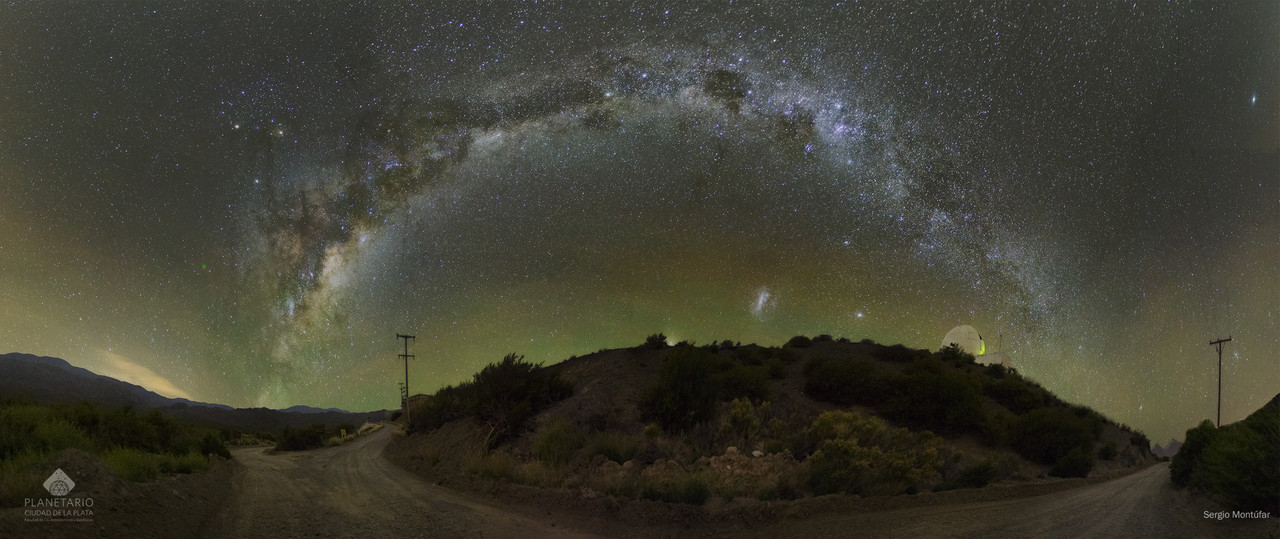
Perseid meteors over Mount Shasta, California.

Perseid, aurora, and noctilucent clouds, northern Sweden.

Jet Lightning near the peak of Shikengkong mountain in China.

And end with a beauty...Milky Way above the Namib Desert, Namibia, Africa.

This world map shows the effect of artificial night sky brightness on the visual appearance of the night sky. The brightness was modeled using high resolution satellite data and fit to thousands of night sky brightness measurements in recent work. Color-coded levels are compared to the natural sky brightness level for your location. For example, artificial sky brightness levels in yellow alter the natural appearance of the night sky. In red they hide the Milky Way in an artificial luminous fog. The results indicate that the historically common appearance of our galaxy at night is now lost for more than one-third of humanity. That includes 60% of Europeans and almost 80% of North Americans, along with inhabitants of other densely populated, light-polluted regions of planet Earth.

Anticrepuscular rays over Westminster, Colorado.

Montecassiano, Italy

El Leoncito National Park, Argentina and the dome of the Jorge Sahade telescope on the hill on the far right.

Perseid meteors over Mount Shasta, California.

Perseid, aurora, and noctilucent clouds, northern Sweden.

Jet Lightning near the peak of Shikengkong mountain in China.

And end with a beauty...Milky Way above the Namib Desert, Namibia, Africa.

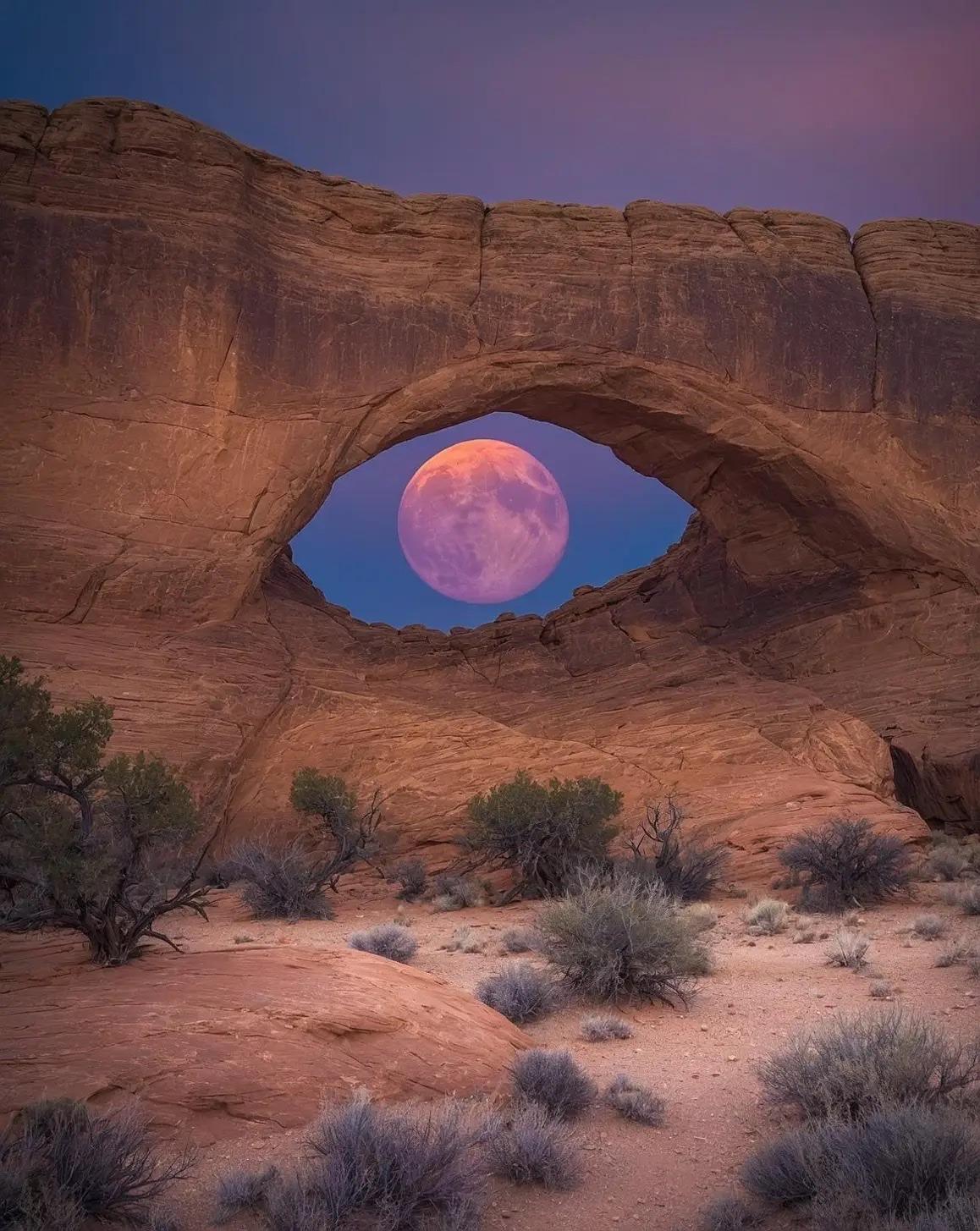
Arches National Park, Utah
photo: Elliot McGucken
CrazyDiamond
HAL is a StarChild
bulllee
Agent Provocateur
NYC_Frank
"A man with no vices is a man with no virtues"
I know its a back to back but I had to squeeze in this beauty ... I've been at many bad weather games in the South Bronx but never seen a sky like this. Just as well rain ... we're down big time, 5-zip in the 2nd inning

photo high

photo high
CrazyDiamond
HAL is a StarChild
florduh
Well-Known Member
Happy National Art Day
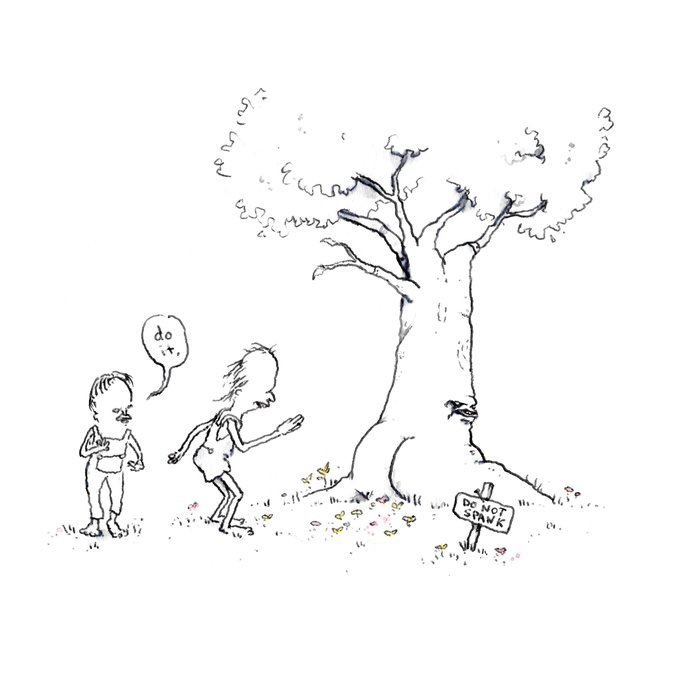
If ChatGPT had a million years, it couldn't create this masterpiece
Artist's website: www.theartofpants.com

If ChatGPT had a million years, it couldn't create this masterpiece

Artist's website: www.theartofpants.com







